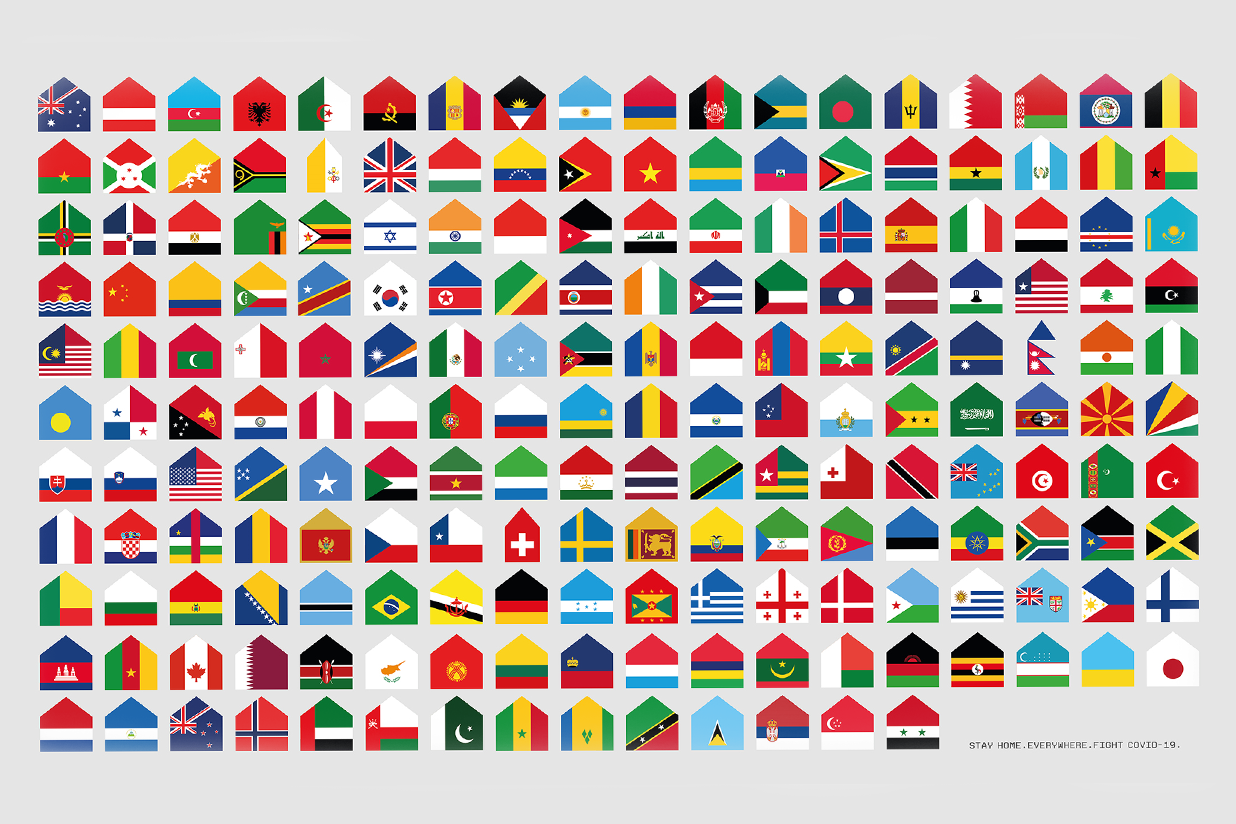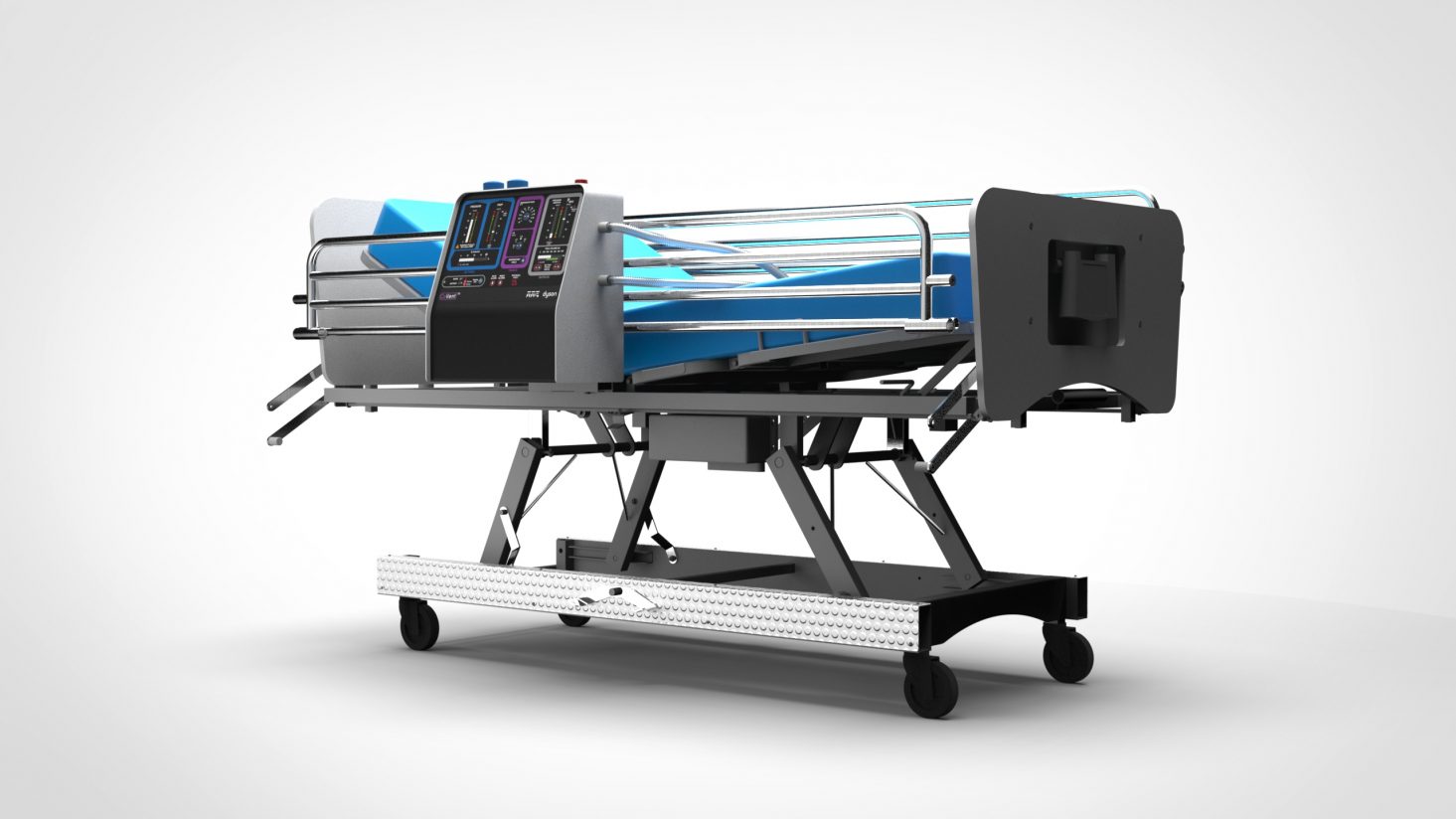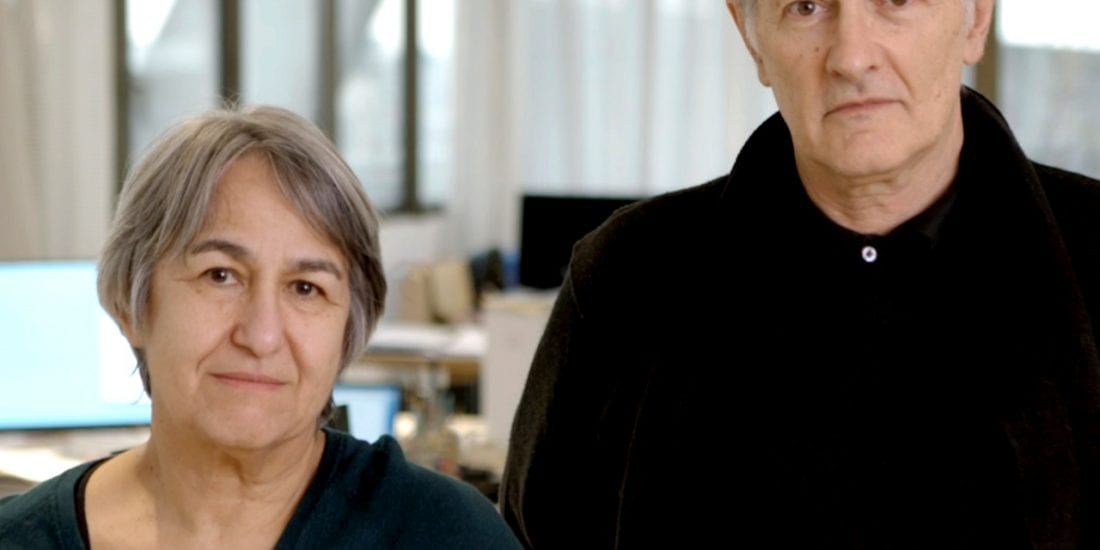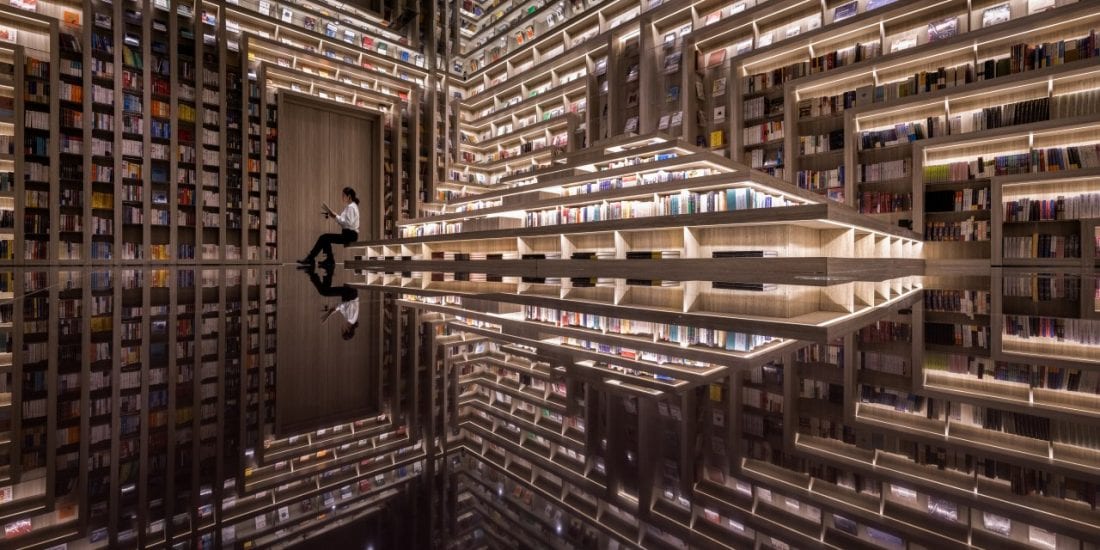Design in the Times of Coronavirus
SCALE shines light on design innovations and social ingenuity projects by artists or organisations during the Coronavirus pandemic that has stilled life and businesses globally. By Sindhu Nair
These are different times. Difficult times. Times that this generation or the one before has never experienced. We are deep within a global crisis. Perhaps the biggest calamity of our generation and a few generations before us.
The Coronavirus pandemic has affected 200 countries, 786,957 people and has killed 37,843, according to figures available on March 31. But like every other calamity, humankind shall overcome this too. But what we do now will reflect on our future, the way we live, design and create. When all this is over, let us all hope to be in a world that is much different from what it was a month or two before…
A world that is defined not by political borders but by unequivocal acts of kindness, of innovation, of helping hands offered from developed countries to lesser developed ones. Let us all clean out the virus and be alive in a new world that is far more empathetic and generous than it ever was …
Quoting Yuval Noah Harari: The world after coronavirus in Financial Times, “Countries should be willing to share information openly and humbly seek advice and should be able to trust the data and the insights they receive. We also need a global effort to produce and distribute medical equipment, most notably testing kits and respiratory machines.”
As the virus spread its vicious arms around the globe, social distancing became the most used word as the need for it was key to averting the spread. In keeping with the message, brands worldwide went on an Ad revamp. McDonald’s Brazil must have been the first global brand that showed its solidarity with the mission with its signage vividly sharing the message to raise awareness for social distancing, splitting its famous golden arches logo in two.
“We are at war with an invisible enemy. We are living through some strange and scary times. Yet, there are some simple gestures we can all adopt, to slow the spread of the COVID-19 pandemic. One of these is social distancing, which, pretty much means staying 6ft away from others,” they said.
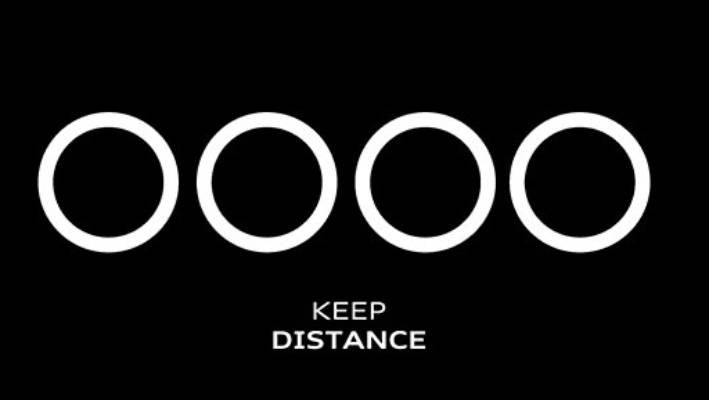
Audi released a video showing its logo with the four rings separated as they called on customers to keep their distance.
This was soon followed by Audi and other car brands touching on the message of social distancing. But this did not evoke the expected sympathies rather touched on hollow messaging with no meaningful services imparted.
That was when we heard of initiatives like LVMH prepping its perfume and cosmetics production sites to manufacture hydroalcoholic gel in the midst of the coronavirus pandemic, announced on March 15.
The factories that produce perfume and makeup for brands like Christian Dior and Givenchy started making hand sanitizers and the French luxury conglomerate announced that they will deliver the free disinfectant to French authorities and the Assistance Publique-Hôpitaux de Paris, the largest hospital system in Europe, according to its statements.
Dyson, the UK-based design company announced that they were working with TTP, The Technology Partnership, to design and build an entirely new ventilator, The Covent, at a time when the pandemic hit the UK quite hard with 22,000 confirmed cases.
“This new device can be manufactured quickly, efficiently and at volume. It is designed to address the specific clinical needs of COVID-19 patients, and it is suited to a variety of clinical settings. The core challenge was how to design and deliver a new, sophisticated medical product in volume and in an extremely short space of time. The race is now on to get it into production,” according to James Dyson, the owner of the Company.
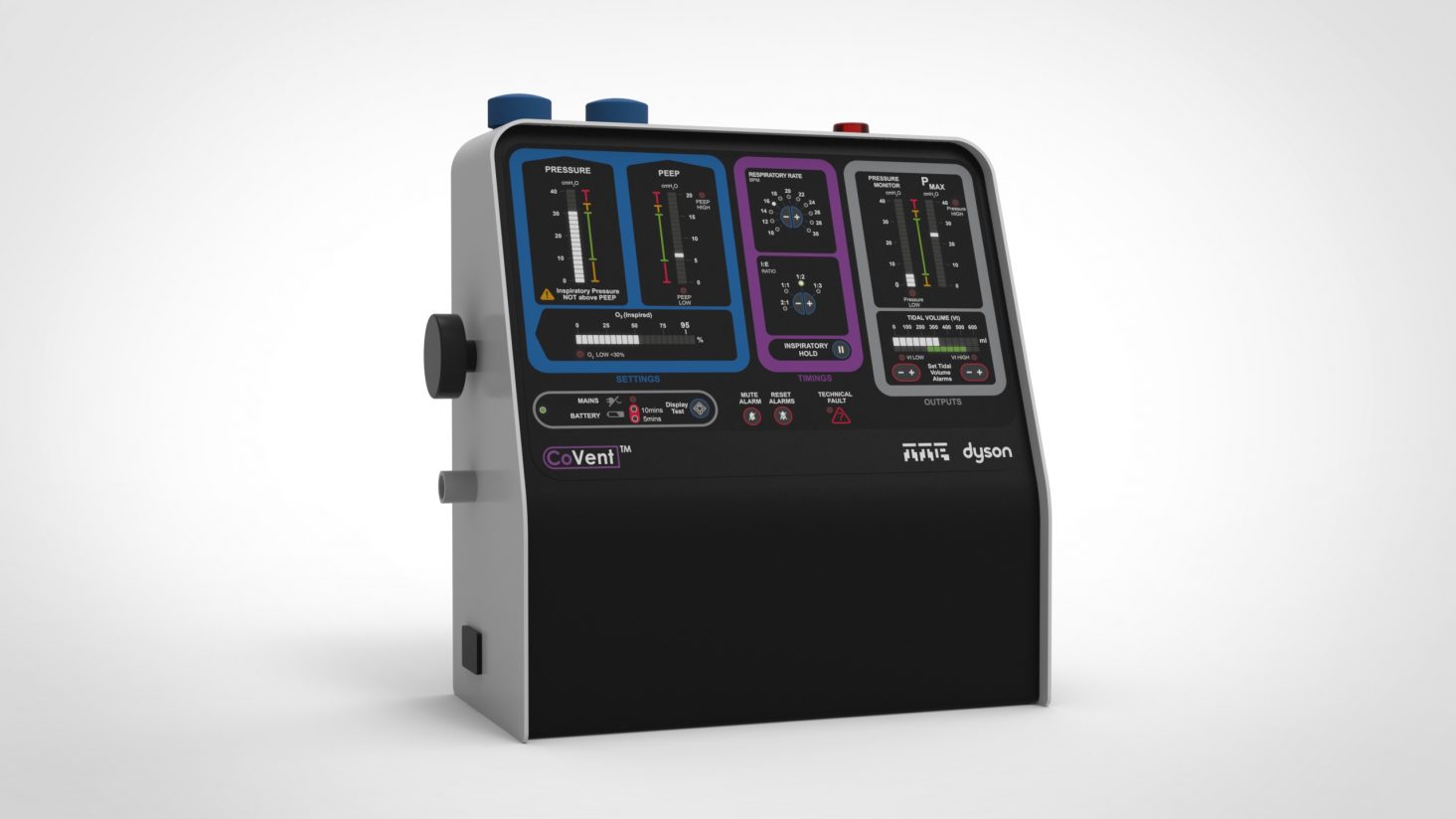 The Dyson Digital motor sits at the heart of the new device and the motor’s design is optimized to have a very high level of intrinsic safety, making it particularly well-suited for industrial, high volume production. The device is designed to achieve a high-quality air supply to ensure its safety and effectiveness, drawing on our air purifier expertise which delivers high-quality filtration in high-volume products, he revealed.
The Dyson Digital motor sits at the heart of the new device and the motor’s design is optimized to have a very high level of intrinsic safety, making it particularly well-suited for industrial, high volume production. The device is designed to achieve a high-quality air supply to ensure its safety and effectiveness, drawing on our air purifier expertise which delivers high-quality filtration in high-volume products, he revealed.
“Ventilators are a regulated product so Dyson and TTP will be working with the MHRA and the Government to ensure that the product and the manufacturing process are approved. We have received an initial order of 10,000 units from the UK Government which we will supply on an open-book basis. We are also looking at ways of making it available internationally,” he said.
“I am proud of what Dyson engineers and our partners at TTP have achieved. I am eager to see this new device in production and in hospitals as soon as possible. This is clearly a time of grave international crisis, I will, therefore, donate 5,000 units to the international effort, 1,000 of which will go to the United Kingdom,” he said.
Meanwhile in India, The Defence Research and Development Organisation (DRDO) is trying to develop ‘multi-patient ventilators’, wherein several patients can be supported by a single ventilator to meet the huge demand if the COVID-19 outbreak goes out of control.
“This innovation is expected to be available within the first week of April. Around 5,000 ventilators will be produced in the first month and 10,000 subsequently. The DRDO has identified local alternatives to the supply of critical components. Already Secretary (Pharmaceuticals) has identified nine companies for design transfer to produce and Anand Mahindra for the fabrication of components. Each ventilator unit will cost around Rs 4lakh,” the government said in a statement.
In the US, officials are pleading with manufacturers and the administration of US President Donald Trump to speed up the production of ventilators to cope with a surge in patients struggling to breathe. Hospitals in New York already are using one ventilator to sustain two patients. New Orleans has a fraction of the ventilators it needs for a surge of COVID-19 patients. To meet this shortage, Ford Motor Co said on March 30, that it will produce 50,000 ventilators over the next 100 days at a plant in Michigan in cooperation with General Electric’s healthcare unit, which can then build 30,000 per month as needed to treat patients afflicted with the coronavirus.
Ford said the simplified ventilator design, which is licensed by GE Healthcare from Florida-based Airon Corp and has been cleared by the United States Food and Drug Administration, can meet the needs of most COVID-19 patients and relies on air pressure without the need for electricity.
Ford said it plans to begin production of ventilators at a plant in Ypsilanti, Michigan, deploying 500 UAW employees. It said it plans to start production at the facility the week of April 20. That is roughly when New York officials expect the peak of COVID-19 cases to hit their state.
Ventilators built by Ford, GM and others could be used in other parts of the US where the peak caseloads are expected later.
SCALE will give design updates during the times of pandemic. Not just those designs that help the population through innovations but also art reimaginations that make us look back at these stressful times with a smile.
Like this project by Portugal designers, Hugo Suissas and Tiago Silva titled Home Flags.
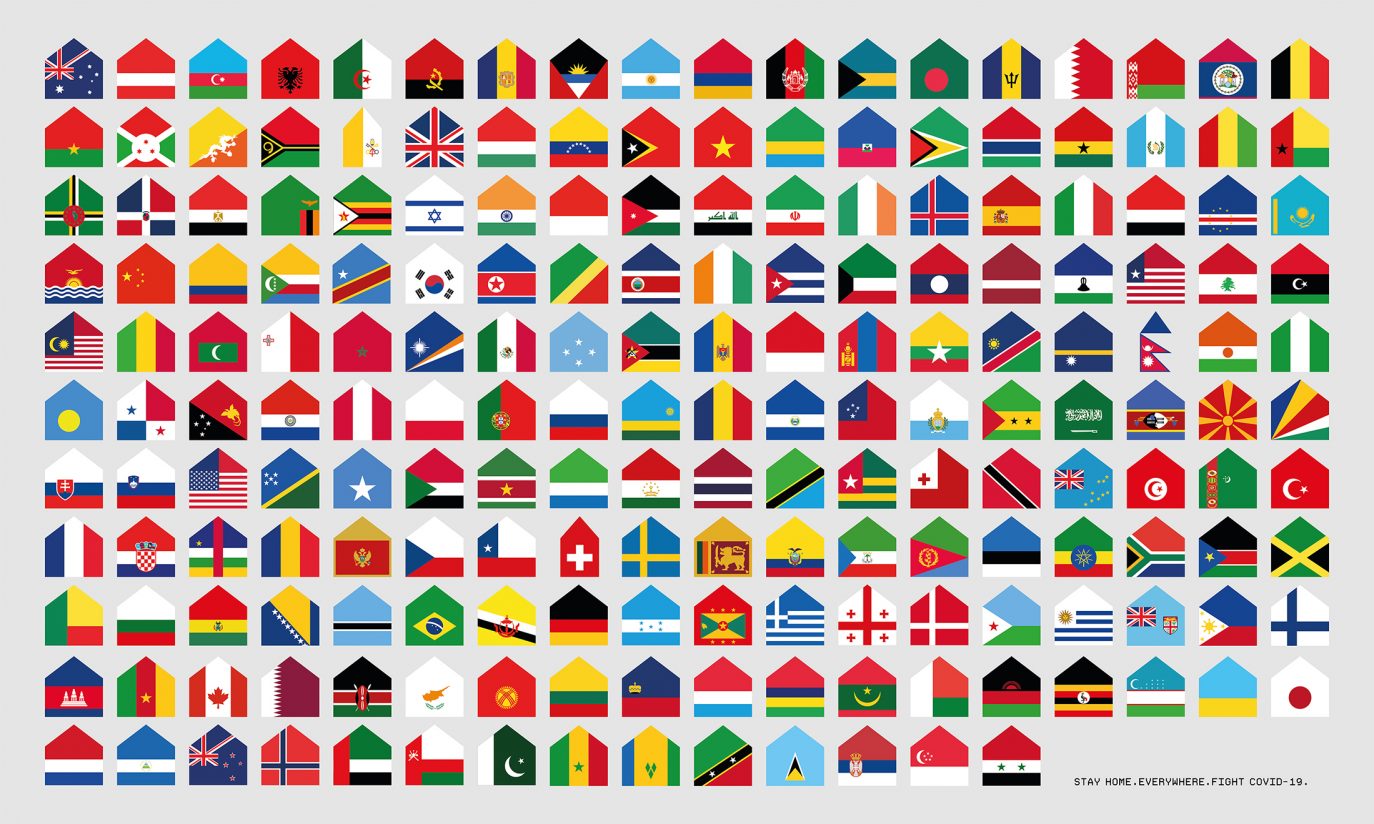
Home Flag depicts the most important message to be followed by countries advising lockdown; to stay home. It also shows that the Coronavirus is a great leveller, it hits one and all, across class and creed and geographic borders.
“Since almost every country is entering lockdown because of COVID-19, that means the world is united by staying at home. So, we’ve converted flags into an ‘at home’ version with the added roof,” they explain about their project.
Hugo and Tiago are a creative team from Lisbon, both based in Germany now. Hugo is a 30 years old Art Director and Instagramer. Tiago Silva is a 26 years old Copywriter and Instagram.
So, for now, let’s all stay home and be united in fighting this pandemic.
We shall survive this too…

